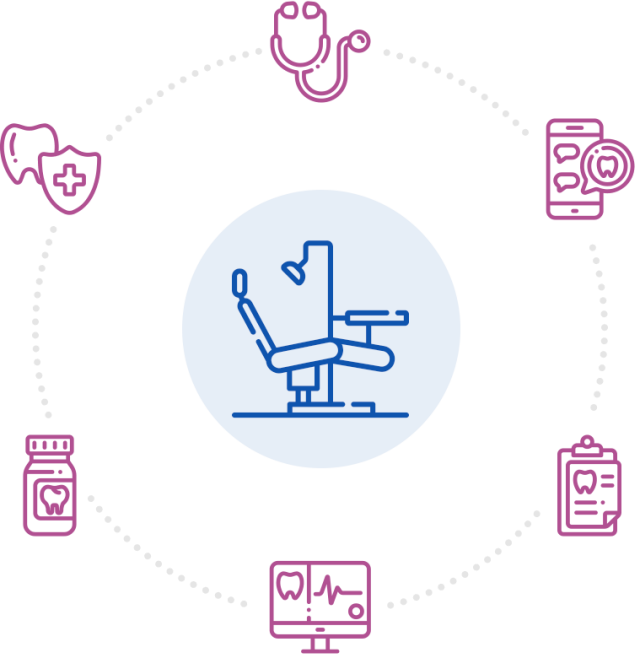
Sugar and Your Dental Health
The bacteria in your mouth use carbohydrates for food, so when you cut back on sugar, and other sources of simple carbohydrates that are easily fermentable, you reduce your cavity risk. Limit added sugars in your diet by reading food labels to determine the amount of added sugar in a food. Since ingredients are listed on the label in order of weight, from most to least, if one of the following terms is listed as one of the first few ingredients, it’s a good bet that food is high in sugar. Another tip for spotting sources of sugar—terms ending in “-ose” indicate a sugar ingredient.
Here are some common added sugars:
|
|
Top Sources of Added Sugar in the Diet and Percentages
- soft drinks, energy drinks, sports drinks, 35.7%
- grain-based desserts (cakes, pies) 12.9%
- fruit drinks 10.5%
- dairy-based desserts (ice cream) 6.5%
- candy 6.1%
- ready-to-eat cereals 3.8%
- sugars and honey 3.5%
- tea (sweetened) 3.5%
- yeast breads 2.1%
- all other foods 15.4%
How Sugar Substitutes Affect Your Teeth
4 Ways to Reduce Your Risk of Cavities
- Brush your teeth twice a day for two minutes to remove sugars and food particles from your teeth.
- Limit between-meal snacking.
- Keep added sugar in your diet to a minimum by making wise food and beverage choices.
- Include dairy, plenty of fruits and vegetables, and water in your diet—they all play a role in your dental health.
We all love sugar and desserts. But remember that everything is okay in moderation. If you have any resulting sensitivity when you eat sugar you could have a cavity forming or problems with your existing fillings or restorations. Please give us a call and let us know what is happening. We are always here to help.


